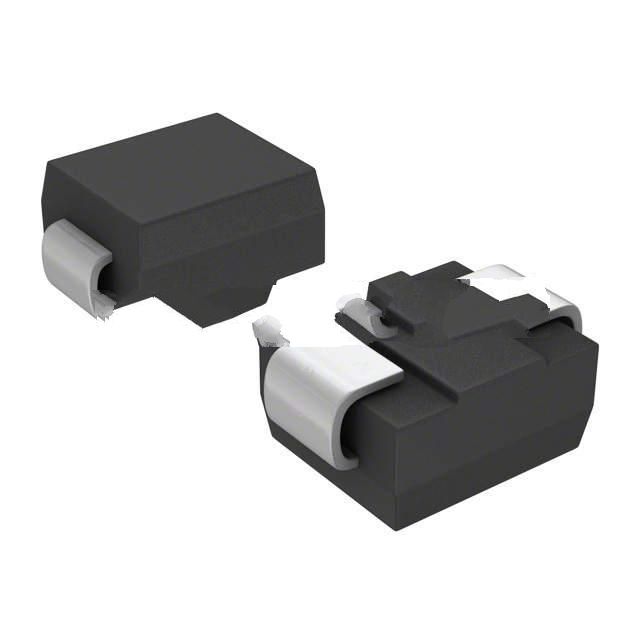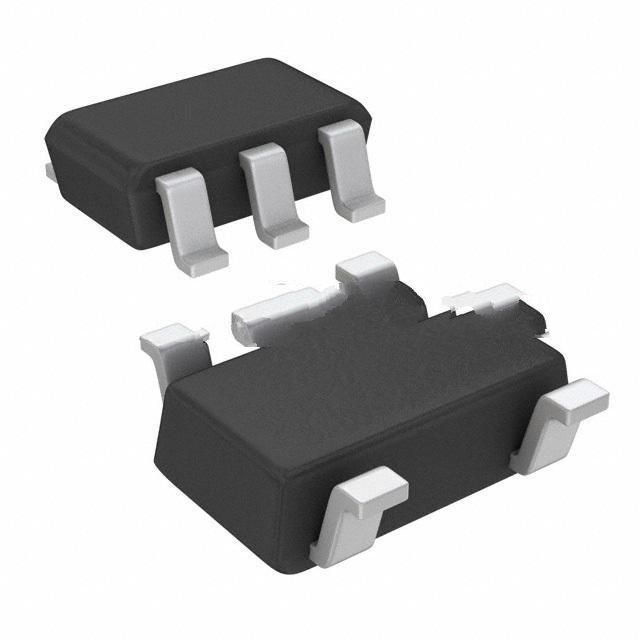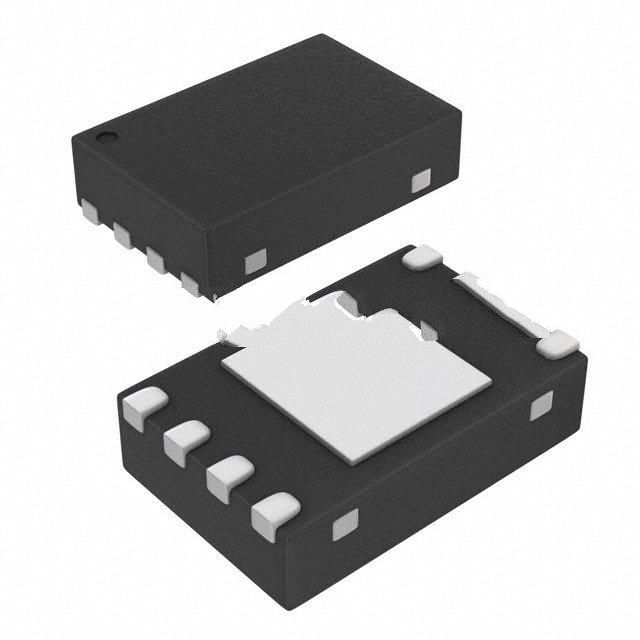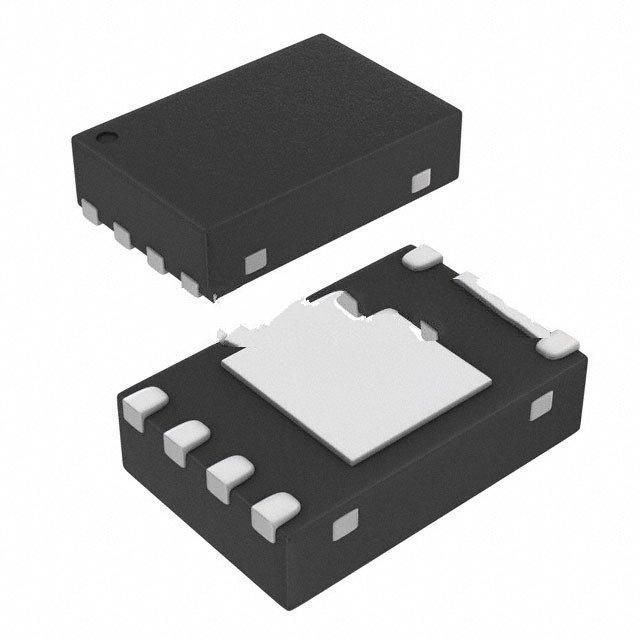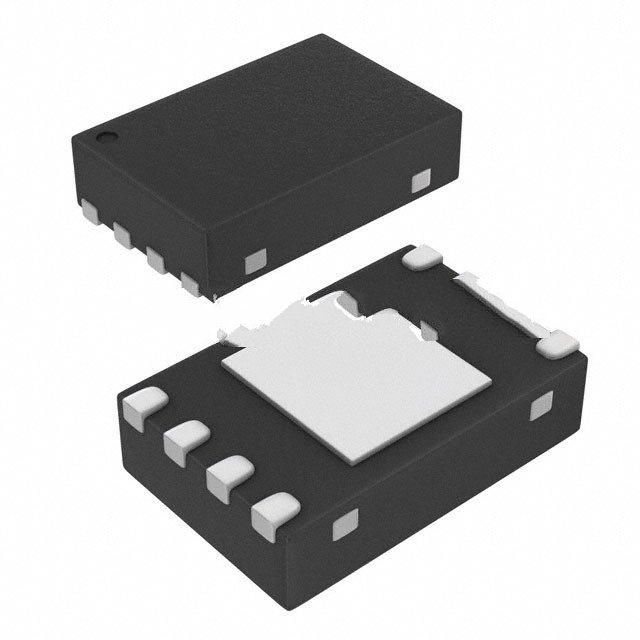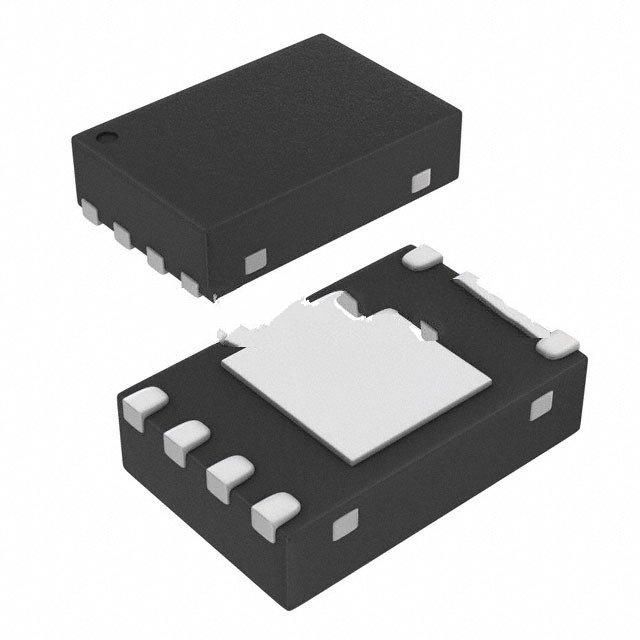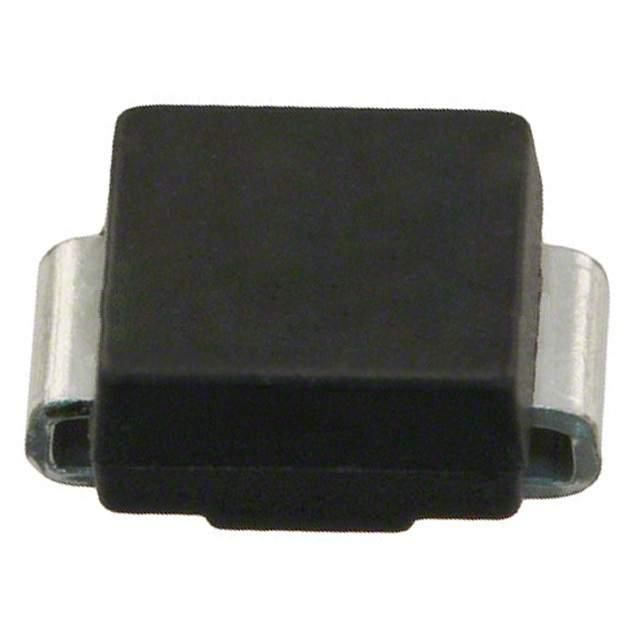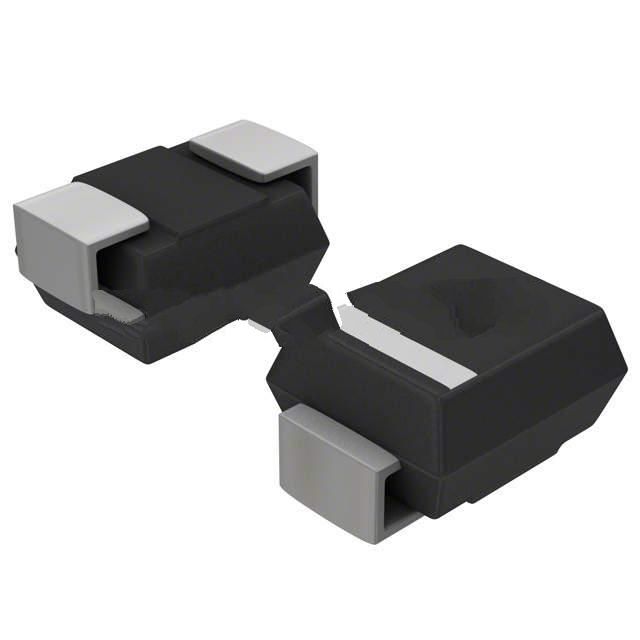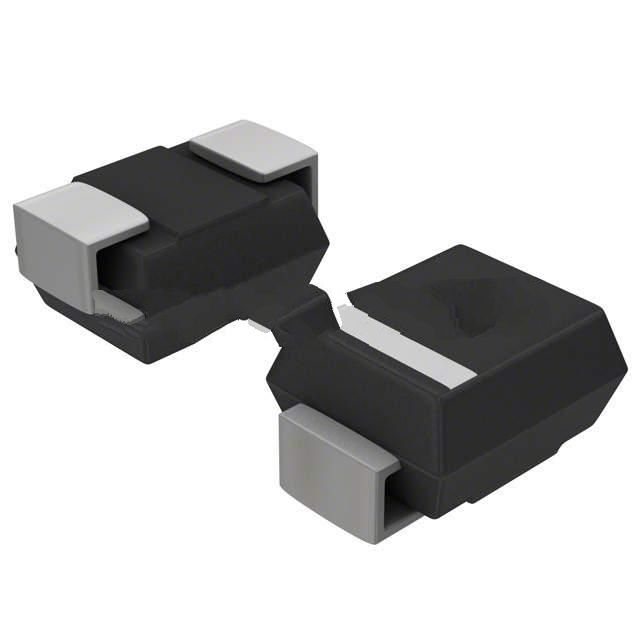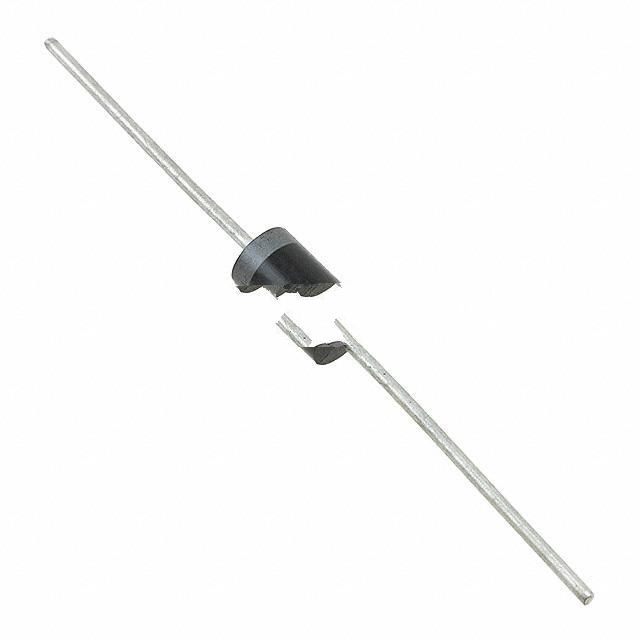ST released a number of new MEMS sensors, breaking through the performance power ratio and unlocking the new field of wearable applications

ST released a number of new MEMS sensors, breaking through the performance power ratio and unlocking the new field of wearable applications
218g 888 • Source: Contributed by the manufacturer • Author: STF Semiconductor • 2022-06-08 14:43 • 1924 readings
0
STC will soon release a series of new sensors with higher performance to power ratio. LSM6DSV16X is the latest member of MEMS inertial sensor with machine learning core, which has higher accuracy and lower power consumption. In addition, Qvar electrostatic sensing is also integrated into such devices for the first time, which can monitor the change of environmental electrostatic charge.
We also released the first dual full range pressure sensor: LPS22DF and LPS28DFW, with power consumption as low as 1.7 µ A and absolute accuracy of 0.5 hPa; The three-axis accelerometer LIS2DU12 consumes only 0.45 µ A.
LSM6DSV16X
Portable equipment calls for more efficient inertial sensors
Although the image quality of mobile camera is constantly improving, manufacturers still face challenges in image stability. Many people use software to improve the overall clarity, but still can not achieve the effect of a physical image stabilizer. In the mobile camera scene, the inertial MEMS senses the movement of the camera, while the image sensor moves in the opposite direction to compensate. However, the tight housing and energy consumption limitation of smart phones will bring challenges to the use of inertial MEMS. AR and VR headworn devices also need more efficient sensors. When tracking head or hand movements, accuracy is critical. Accurate and fast sensors can provide a more realistic experience, and even alleviate VR motion sickness. However, since most of these devices are powered by batteries, the requirements for energy consumption are also getting higher and higher.
When designing high-energy inertial sensors, engineers encountered practical difficulties. To improve performance, engineers will try to use filters and other mechanisms to reduce the signal-to-noise ratio, but this also increases power consumption. Engineers need to make a trade-off between stability and battery life. In addition, because MEMS must adopt small package, engineers cannot improve the accuracy of MEMS by increasing the volume.
The low power consumption mode only consumes 0.65 mALSM6DSV16X, which solves this problem with the new spring design in its mechanical structure. In addition, STC adjusts the gain of the amplifier to improve performance while maintaining low power consumption. Therefore, the LSM6DSV16X only consumes 0.65 mA in the high performance mode (the total power consumption of the gyroscope and accelerometer). In contrast, the LSM6DSRX consumes 1.2 mA, although the two devices have similar noise levels in the low power consumption mode. Engineers who develop optical image stabilizers for smartphones no longer need to face the contradiction between performance and power consumption. In contrast, the power consumption of competitors' devices in the low power consumption mode is at least twice that of ST.
▲LSM6DSV16X
MLC operation speed is increased by 2 times and supports adaptive configuration (ASC)
The machine learning kernel (MLC) is another feature that can help save energy. Using the decision tree to run the sensor's information, there is no need to wake up the microcontroller, thus significantly reducing the total power consumption. The running speed of MLC in LSM6DSV16X is twice that of the previous generation, and the output data rate (ODR) is increased to 100 Hz~240 Hz. Therefore, engineers can process more data and save more energy in a given time.
Users can also use 16 finite state machines (FSMs) to identify specific patterns. In addition, this new device supports adaptive configuration, enabling FSM to reconfigure itself without waking MCU. Developers can program various conditions and environments that will trigger reconfiguration to achieve greater flexibility. Finally, MLC and FSM can notify each other to achieve more intelligent applications and more accurately track physical activities, such as detecting whether smartphones are placed downward.
Qvar opens the door to new applications such as population statistics
LSM6DSV16X introduced Qvar into LSM6 series MEMS inertial sensors. The engineer only needs to connect two electrodes to measure the change of ambient static charge, and enable this function by changing two registers. Qvar opens the door to new applications such as population statistics. Instead of using LEDs and photodiodes, engineers can place electrodes on the wall to measure whether someone is approaching. We also prepared corresponding application notes to help designers develop demonstration models. In addition, STC will provide more use cases before the end of the year. The LSM6DSV16X is compatible with other member pins of the LSM6DS series through the pin sharing mechanism between Qvar and test pins.
▲Qvar
LPS22DF and LPS28DFW
The problem of water sensing With the wide application of wearable devices, the activity tracking function has become a standard configuration, and the pressure sensor must adapt to a wider range of physical scenes. From mountain climbing to swimming, sensors must be able to reliably track users and provide accurate information about their physical activities. The challenge is that climbing mountains or stairs is totally different from swimming in the pool, because water brings different pressures. For example, a pressure of 14.5 PSI is applied when diving into 10 meters of water, which is the same as atmospheric pressure at sea level. Therefore, the pressure sensor must consider different physical conditions without generating excessive power consumption.
▲LPS22DF
Power consumption only 9.1 µ A and 7 µ A in high performance mode
The first pressure sensor LPS22DF and LPS28DFW supporting dual full range can help solve this problem. They can detect whether the user is above or below water, and switch to the corresponding range. The LPS22DF supports a maximum pressure of 1260 hPa, while the LPS28DFW supports a pressure of up to 4000 hPa. The consumption of the LPS22DF and LPS28DFW in high-performance mode is 9.1 µ A and 7 µ A respectively. In contrast, LPS22HB consumes 12 µ A at a maximum pressure of 1260 hPa.

